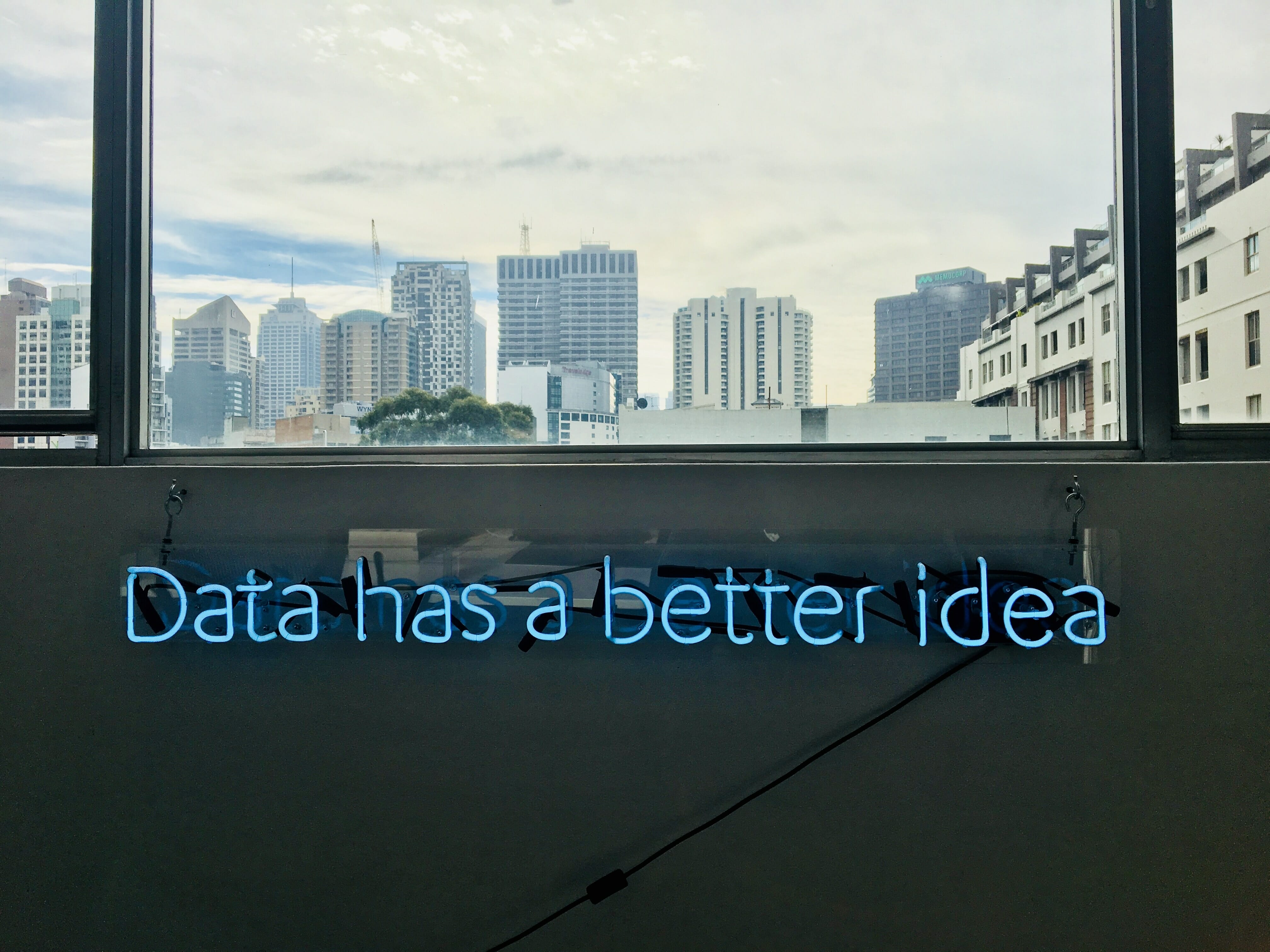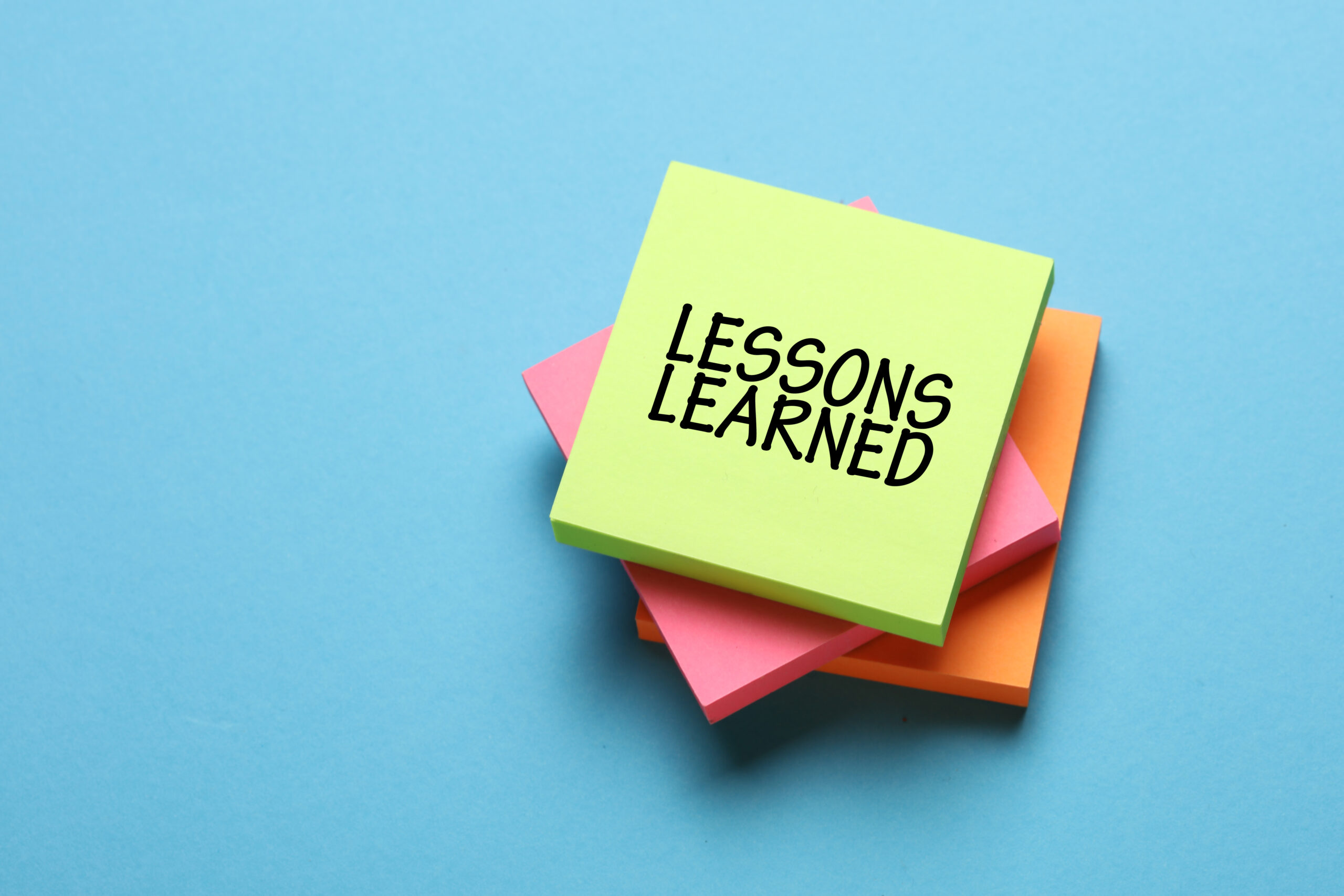 As the UK shops itself out of recession, it was more than fitting that February’s ProductTank London was all about product management in commerce: online, offline and mobile. This month we had three eye-opening talks:
As the UK shops itself out of recession, it was more than fitting that February’s ProductTank London was all about product management in commerce: online, offline and mobile. This month we had three eye-opening talks:
- CEO at Depop Runar Reistrup (@runarreistrup) talking about mobile design for the real world;
- “the Malcolm Tucker of testing” Craig Sullivan (@OptimiseOrDie) telling us about the most common A/B testing mistakes; and
- product owner at M&S Digital Labs Hemal Kuntawala (@hemalkuntawala) mashing up Lean, fast feedback and leopard print.
Mobile Product Design for the Real World
Runar Reistrup (@runarreistrup) took the stage first, immediately showing his age by talking about building for mobile in a pre-iPhone era – back then there was no easy means of distributing apps. His view on this era of mobile commerce is that, just as early TV programmes were essentially radio plays filmed, we’re still yet to see the full effects of the mobile revolution.
Mobile is incredible difficult to do well: Facebook was failing at mobile until it bought Instagram; likewise PayPal until it acquired Braintree – but not every company has the buying power of Google, eBay or Facebook (which coincidentally acquired WhatsApp for an eye-popping $16 billion that same night). For this reason, Depop chose to focus purely on the mobile experience; they have no desktop site.
“On average, people check their mobile over 150 times per day.” – Runar Reistrup
“Amazon should never have existed,” said Runar, “Walmart and Barnes & Noble should have got there first”.
Opportunities for new market entrants arose when established players failed to make the leap from offline to online. The same holds now for companies who don’t realise that mobile and online commerce experiences differ. After all, he asked, can you be bothered typing your 16-digit credit card number into a mobile retailer’s site, on the street, standing in the rain?
Compare and contrast the web era approaches of Addison Lee, Seatwave and eBay with the mobile era approaches of Uber, YPlan and Depop; disruption favours the new – and the brave.
“High social capital helps you connect with your buyers more and sell more.” – Runar Reistrup
Shopping used to be a social experience. You’d go into a “Mom and Pop” store and the grocer would recommend and fetch you the items you needed to buy. The move to department stores and hypermarkets took that social component away.
Rather than listening to an anonymous corporation, which sneakers would your peers and market experts recommend for you? To win at mobile commerce, you need to look to the real world, see how people make purchases, and make shopping social again.
Parting Thoughts
- Mobile blurs offline and online experiences
- Mobile users are out there being distracted in the real world, so design for them
- Disruption favours the new and the brave
- To win at mobile commerce, make shopping social
Easy A/B Testing F**k-Ups
“We believe that doing [A] for people [B] will make outcome [C] happen. We’ll know this when we observe data [D] and obtain feedback [E].” – Craig Sullivan
ProductTank took an amusingly sweary turn as conversion rate optimisation (CRO) expert Craig Sullivan (@OptimiseOrDie) took the stage. He was reprising his well-received and entertaining talk from ProductCamp London earlier in the month on the 13 most common A/B testing mistakes made:
- Testing in the wrong place
- Your hypothesis inputs are crap
- No analytics integration
- Your test will finish after you die
- Not testing for long enough
- No QA for your split test
- Opportunities are not prioritised
- Testing cycles are too slow
- Your test fails
- The result is ‘about the same’
- Test flips or moves around
- Nobody ‘feels’ the test
- You forgot you were responsive
His full slide deck and notes are available on Slideshare.
Parting Thoughts
- You can’t A/B test everything before you die, so concentrate on the aspects that matter most e.g. bounce rate
- A department store couldn’t refurbish every floor each year, so look for three key things: footfall, low return, and where the opportunities are
- Don’t forget to monitor micro-conversions within a commerce workflow, e.g. checking if a product is avail in desired size, colour
- Remedy poor hypotheses for your A/B tests with empathy – look at real users’ behaviour
Lean, Fast Feedback and Leopard Print
UK retailer Marks & Spencer (M&S) recently created a digital lab, at which our next speaker Hemal Kuntawala (@hemalkuntawala) is product owner. Their mission: to use Lean Startup techniques to kick-start products and experiences that their customers wouldn’t normally expect from M&S.
They wanted to cut red tape and make bolder, riskier changes to their online commerce experience. They also wanted to move quickly, so they used Lean techniques to build rapidly, release often (seven times a day) and gather rapid feedback to inform their next iteration.
“Vision, instinct and obsession – that would be a great name for a fragrance for product managers” – Hemal Kuntawala
Starting with three specific insights and assumptions that they wanted to challenge, they asked “what if…?”
- Would their customers want to create outfit combinations?
- Do models alienate customers and affect conversion rates?
- Do their brands confuse?
So they set out to test out these questions. After just four weeks, the result was the M&S Style Board:
They learned that:
- conversion to style creation improved to 38%;
- removing brands led to customers mixing and matching more across brands; and
- observing how customers combined items led to better product suggestions.

What’s next for M&S Digital Labs? Using personalisation to draw together their customers’ offline and online retail experiences. Most online department stores sell very different categories of products in the same way, something they want to change.
Hemal’s full slide deck and notes are available on Slideshare.
Parting Thoughts
- In an established business, find new opportunities by challenging your deep-rooted assumptions
- Experiments can uncover new data that will provide new (and unexpected) insights
- Go where the data takes you
Q&A on Commerce
Mobile has really changed how we do ecommerce; what will mobile change next?
Craig: Sensors tracking our movements and usage will be the future after mobile.
Any testing tips for personalisation?
Craig: Treat it in the same way – run a test on the effect of personalisation.
Thinking about the web versus mobile era Runar mentioned, which other payment providers are making mobile better?
Runar: Braintree and Stripe are leading the way, we’re seeing a lot of drop-offs from PayPal on mobile.
Should I go mobile-only, or responsive for my app?
Runar: We see a 50:50 split mobile to desktop, so go both.
Craig: Go mobile web first for rapid prototyping and getting it right, then worry about building a native app.
Hemal: Depends on what you want to do, you can use web content to lead in people to the mobile app.
Craig: You have to have a mobile presence – there’s a lot of mobile traffic out there.
And with that we drew the talks, curated with aplomb by Amrita Kriplani (@elusion), to a close, leaving only the important matter of ensuring the drinks our sponsor Tesco had generously provided were all neatly consumed. Grateful faces all round! Keep an eye out for the videos of the talks that will be posted up soon.
Do join us for our next ProductTank London at 6.30pm on Wednesday 19th March (third Wednesday of each month as usual) on creating a product culture within your organisation. Tickets will be made available soon.
Don’t forget to save the date for 2014’s Mind The Product Conference on Friday 12th September.
You can also get in touch with us if you’re interested in speaking at or curating a ProductTank, writing for our blog on Mind The Product, or sponsoring our events.
P.S. Never let it be said that we don’t practice what we preach:
The remote to advance slides is working! Now that’s, “iterative development.” #producttank
— Simba Sagwete (@Twimba_Sagwete) February 19, 2014











Comments
Join the community
Sign up for free to share your thoughts